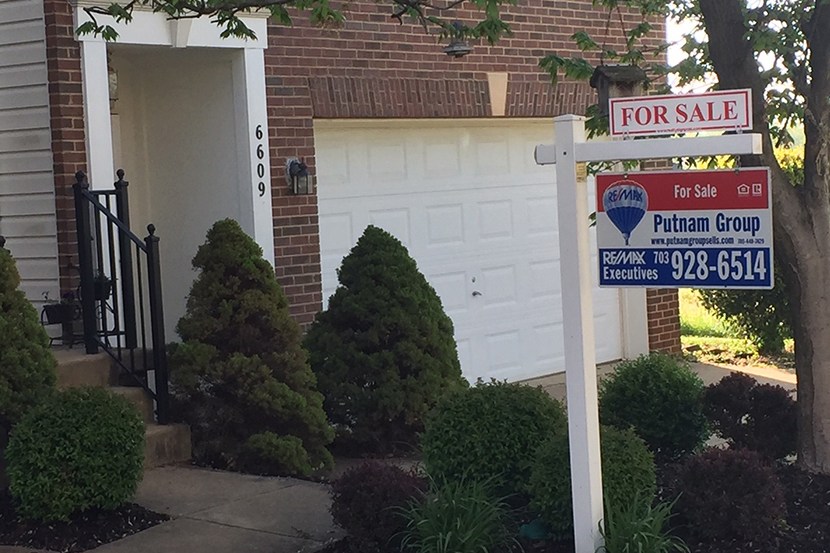
77% of Metros Post Double-Digit Home Price Gains in 3Q

ATTOM Data Solutions, Irvine, Calif., said profits for home sellers nationwide continue to hit high points despite the economic distress caused by the coronavirus pandemic.
The company’s quarterly U.S. Home Sales Report said the typical third-quarter home sale in the U.S. generated a gain of $85,000, up from $75,000 in the second quarter and $66,000 a year ago, This profit represented a 38.6 percent return on investment compared to the original purchase price, up from 37.5 percent in the second quarter and 33.7 percent a year ago.
Todd Teta, chief product officer with ATTOM Data Solutions, said both the raw-profit and return-on-investment figures stood at the highest points since the U.S. economy began recovering from the Great Recession in 2012 and represents a continued increase even as the coronavirus pandemic has damaged the economy and led to spikes in unemployment throughout the country this year.
“The housing market remains relatively immune from the economic havoc caused by the coronavirus pandemic,” Teta said. “It’s almost as if the housing market and the overall economy are operating in different worlds. Things remain in flux, given the significant uncertainty about when the pandemic might recede or what impact the recent resurgence could have in different areas of the country. But with mortgage rates at rock-bottom levels and declining supplies of homes for sale, conditions remain in place for continued strong prices and returns.”
Key report findings:
–Typical profit margins – the percent change between median purchase and resale prices – rose from a year ago in 89 (86 percent) of 103 metropolitan statistical areas around the United States with sufficient data to analyze. Biggest annual increases in profit margins came in St. Louis (from 22.4 percent to 37.1 percent); Columbus, Ohio (from 37.1 percent to 51.6 percent); Salem, Ore. (from 60.6 percent to 73.9 percent); Indianapolis (from 32.7 percent to 46 percent) and Akron, Ohio (from 20.7 percent to 33.7 percent).
–Profit margins dropped in just 14 of the 103 metro areas analyzed (14 percent). Biggest decreases were in Honolulu (from 43.9 percent to 35.1 percent); San Francisco (from 71.3 percent to 64.5 percent); Fort Collins, Clo. (from 49.3 percent to 43.7 percent); Miami (from 46.8 percent to 41.6 percent) and Las Vegas (from 47.3 percent to 42.9 percent).
–The West continues to have the largest profit margins in the country, with 14 of the top 15 typical home-sale returns on investment in the third quarter. Eleven of the 15 smallest margins were in the Southern region.
–Despite the economic fallout from the coronavirus pandemic, median home prices in the third quarter continue to rise across the nation. Biggest year-over-year increases in median home prices during the third quarter came in Bridgeport, Conn. (up 29.7 percent); Detroit (up 27.4 percent); New Haven, Conn. (up 20.1 percent); Birmingham, Ala. (up 19.7 percent) and Indianapolis (up 19.3 percent). Home prices in the third quarter hit or tied with new peaks in 95 percent of the metro areas in the report.
–Homeowners who sold in the third quarter had owned their homes an average of 8.13 years – a new high since 2000 – up from 7.76 years in the previous quarter and from 7.91 years a year ago.
–Nationwide, all-cash purchases accounted for 21.6 percent of single-family home and condo sales in the third quarter, the second lowest level since 2007. The third-quarter number was up from the 20.5 percent in the second quarter, but down from 24 percent a year ago.
–Distressed home sales — including bank-owned (REO) sales, third-party foreclosure auction sales and short sales — accounted for 7.2 percent of all U.S. single-family home and condo sales in the third quarter, down from 8.1 percent in the prior quarter and down from 9.8 percent a year ago, marking the lowest point since third quarter and is less than one-sixth of the peak level of 45.2 percent in first quarter 2009.
–Institutional investors nationwide accounted for just 1.7 percent of all single-family home and condo sales in the third quarter, up from the 20-year low point of 1.6 percent in the second quarter, but down from 3.4 percent a year ago.
